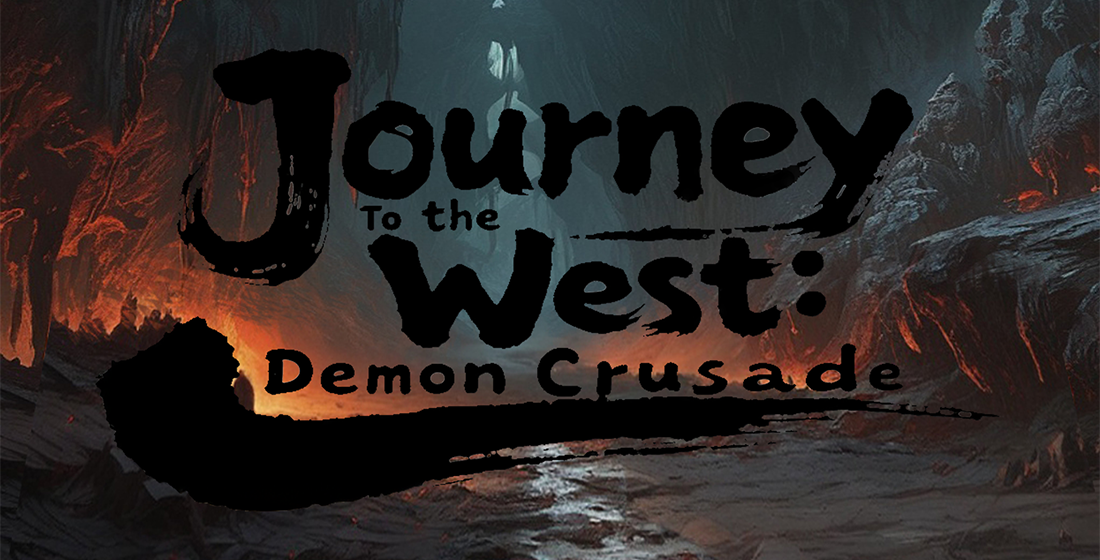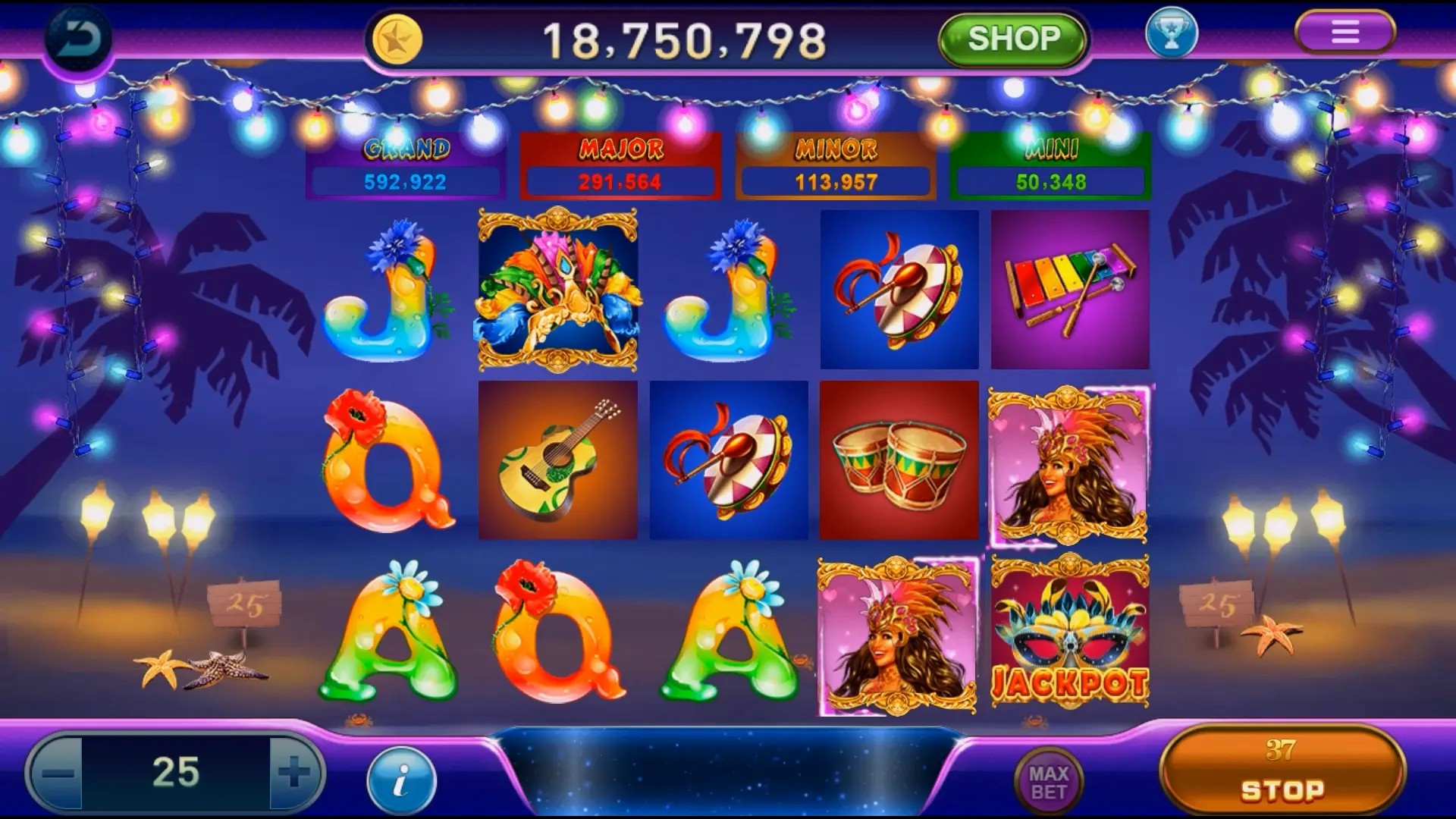Why Idle Games Are Taking the Gaming World by Storm
In a digital realm bustling with frenetic action and strategic conquests, a quiet revolution is quietly stealing the spotlight. Idle games—those wonderfully relaxing yet surprisingly engaging pieces of virtual art—are captivating players across the globe. But why have they become so popular? Let’s dive deep, exploring their unique mechanics, the allure they hold, and why they are resonating, especially in places like Georgia.
The Magic of Idle Games
Idle games, sometimes known as clicker games, are fascinating in their simplicity. Players engage with mechanics that allow their progress to continue even when they are not actively playing. Imagine planting a seed and watching it blossom, while you sip your coffee or tackle real-life challenges. This enchanting concept garners an addictive allure.
Here are some **key characteristics** that define idle games:
- Automation: Once initial tasks are done, most actions are automated, offering the satisfaction of progression with minimal effort.
- Incremental Growth: Players see continuous improvement through various upgrades, leading to a never-ending cycle of achievements.
- Accessible Gameplay: There’s no pressure to constantly be engaged—perfect for casual gamers or those with busy lifestyles.
Why Are Players Flocking to Idle Games?
We often seek an escape, a digital cloak that shields us from reality's chaos. Idle games provide just that. They offer serenity in chaos, allowing players to indulge in moments of relaxation while still experiencing progress. Imagine diving into a world where the grind is minimal, yet the satisfaction is infinite.
| Feature | Idle Games | Traditional Games |
|---|---|---|
| Engagement Level | Low | High |
| Time Investment | Minimal | Often Extensive |
| Progress Mechanics | Self-Playing | Player-Driven |
The Geography of Gaming: Georgia's Role
In places like Georgia, there’s an embracing of idle gaming culture, where players enjoy community experiences through platforms that allow for social interaction. Local influences often attract new gamers, creating a vibrant ecosystem. Games like "Fallout Shelter" and others pave the way, showcasing how communities bond over simple mechanics and shared goals.
This trend intertwines human psychology with gaming mechanics, leading us to questions like: What drives us to keep clicking? What keeps us returning? Could it be the promise of achievement without the exhaustive grind? Or perhaps it’s the simple joy of watching numbers rise and levels increase, much like the ever-increasing allure of the mysterious yet addictive realm found within 2D survival games?
Conclusion: The Future of Idle Games
With their perfect blend of accessibility and engagement, idle games appear to be just beginning their reign. As we navigate this ever-evolving digital landscape, there's no doubt they will continue to evolve, charming players and inviting newcomers alike. They remind us that sometimes, the best adventures come not from epic quests but from moments where growth can happen quietly, in the background. So the next time you find yourself in a hurry, consider stepping back and letting the magic of idle games unfold at its own pace.



